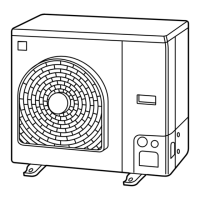
Do you have a question about the Toshiba RAV-SP562AT-E and is the answer not in the manual?
| Brand | Toshiba |
|---|---|
| Model | RAV-SP562AT-E |
| Category | Air Conditioner |
| Language | English |
Safety instructions for professional installation, including grounding requirements.
Guidance on safely disconnecting the appliance from the mains supply and the required fuse.
Precautions during operation, filter cleaning, and handling abnormal situations.
Advice for moving and repairing the unit to prevent electric shock or fire.
Ensure proper drainage and connect to an exclusive power supply to prevent breakdown or fire.
Do not install where inflammable gas may leak to prevent fire risk.
Read manual, avoid special purposes, protect plants/animals, ensure ventilation, avoid wet fingers.
Turn off power for long periods, check outdoor unit base, do not place items on it.
Operate within specified temperatures and prevent liquid spills on the remote controller.
Identifies parts of the indoor unit such as air filter, suction/discharge ports, and earth screw.
Identifies parts of the outdoor unit including air inlet/outlet and connections.
Details and explanations of all indicators and readouts on the remote controller's display screen.
Explains the function of each button used for controlling the air conditioner's operations.
Details on using fan mode and timer set buttons, including filter reset and operation lamp.
Explanation of the ON/OFF button, mode selection, and temperature adjustment buttons.
Information about the remote controller's temperature sensor and its function.
Steps for initial operation, including power connection and pre-operation requirements for compressors.
How to select operation mode, fan speed, and set the desired temperature.
How to start the air conditioner and select the Auto mode with temperature settings.
Important notes on compressor protection and how to stop the unit.
Steps for setting OFF timer, Repeat OFF timer, and ON timer using the remote.
How to clear timer settings and important notices regarding timer operation.
Keep room temperature comfortable by cleaning air filters and avoiding unnecessary opening of doors/windows.
Close curtains to avoid direct sunlight in cooling and retain heat in heating.
Adjust airflow direction for even distribution of air within the room.
Guidelines for cleaning the remote controller safely using appropriate materials.
Steps for preparing the unit for storage longer than one month, including drying and power disconnection.
Essential checks to perform before operating the air conditioner for safety and performance.
Warning about cleaning air filters at height and recommendation for regular professional maintenance.
Details on the 3-minute protection function and behavior during power failures.
Explains preheating, warm air control, defrosting, and heating capacity.
Advises on snowfall, freezing, and optimal operating temperature conditions for performance.
Emphasizes the need for professional installation to prevent hazards like electric shock or fire.
Lists places where the air conditioner should not be installed due to potential interference or hazards.
Advice on minimizing noise and vibration issues during installation and operation.
CAUTION: Contact dealer for critical issues like flashing lamps, switch problems, blown fuses, or foreign matter.
Checks for power supply, circuit breaker, fuse, and electric current issues when the unit is inoperative.
Troubleshooting tips for poor cooling/heating, including airflow, settings, and environmental factors.
Explains causes of strange noises and odors from the unit, including refrigerant flow and room smells.
Describes defrosting, warm air control, airflow changes, and white mist generation during operation.
Explains why fan speed cannot be changed in AUTO or DRY modes and how the system automatically selects it.
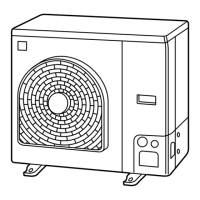





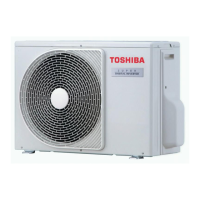
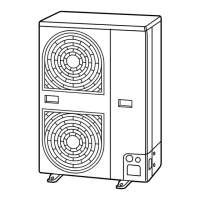

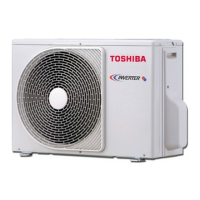


